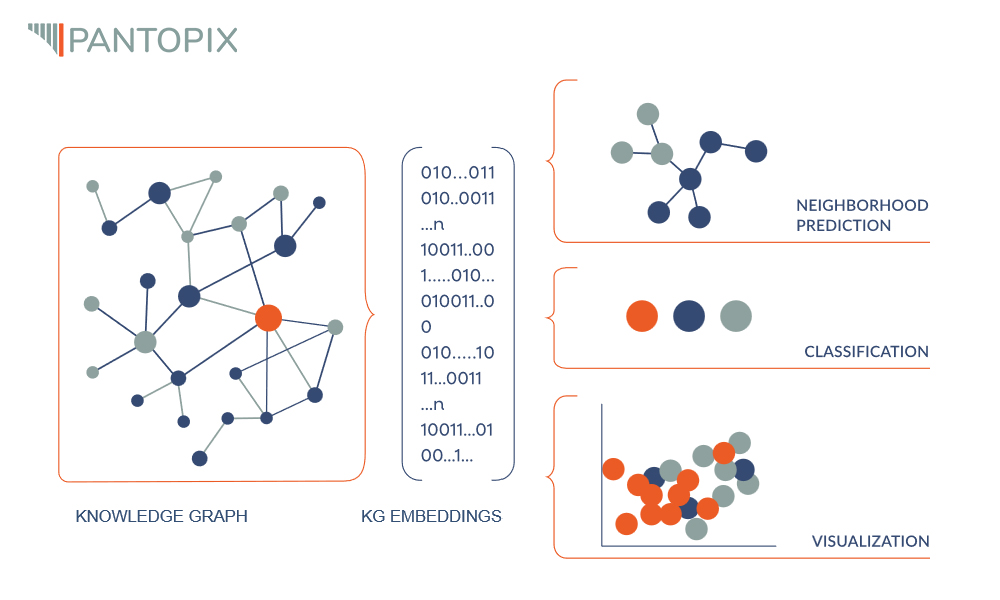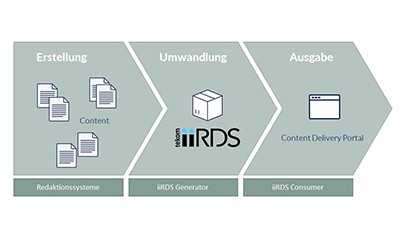Knowledge Graph Embeddings
Combining different data sources in a knowledge database and the semantic representation of the information contained therein can make technical communication much easier. Building a knowledge base using semantic knowledge graphs offers numerous advantages, including the important possibility of continuously expanding the knowledge graph. One method of expanding knowledge is the use of knowledge graph embeddings.
Knowledge Graph Embeddings Read More »








